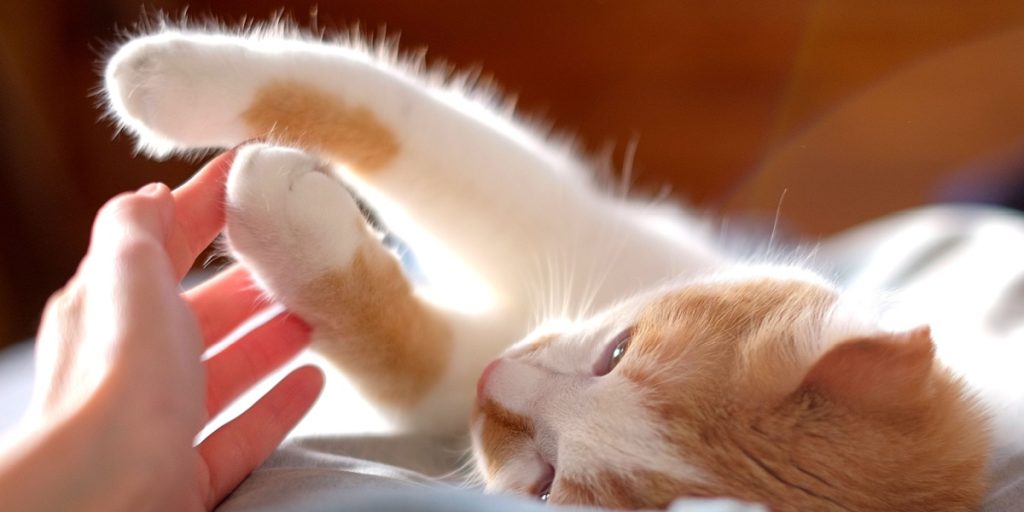This is why most house cats have white paws.
Others are reading now
Have you ever wondered why many house cats sport white “socks” while their wild counterparts do not?
The answer lies in their domestication process which began around 10,000 years ago.
This shift occurred as humans transitioned to settled farming lifestyles, attracting rodents to their grain stores and waste heaps, thereby creating a perfect ecosystem for cats to thrive by hunting these pests.
Also read
Domestication and Genetic Mutation
The domestication of cats involved a mutual benefit: humans got rid of troublesome rodents, and cats enjoyed consistent access to food.
According to Professor Leslie Lyons, director of the Feline Genetics Laboratory at the University of Missouri College of Veterinary Medicine, this domestication led to notable changes in the cats’ appearances, including the emergence of white “socks” and other unique fur patterns.
Lyons explained to Live Science that genetic mutations are a constant occurrence, which can lead to significant variations in appearance over time.
The wild ancestors of today’s domestic cats, Felis silvestris, typically feature camouflage fur suited to their natural African and Eurasian habitats. However, domestic cats often display more conspicuous markings like white paws, which would be disadvantageous in the wild, making them more visible to predators.
Human Preferences Shaping Genetics
It’s speculated that early cat breeders may have favored cats with distinctive markings, including white paws, because they disrupted natural camouflage, making these animals more visible and more appealing.
“People probably liked kittens, especially because of their white paws,” Lyons suggests, indicating that aesthetics played a role in the selection of breeding cats.
This preference for visually appealing traits wasn’t just about looks.
Calm and human-friendly behaviors were also likely selected during domestication, which, interestingly enough, have been linked to the appearance of white markings in several domesticated animal species, including horses, pigs, and mice.
Thus, the charming white paws seen on many modern house cats are not just cute—they’re a historical footprint of the long-standing relationship between cats and humans, shaped by thousands of years of shared lives and selective breeding.








